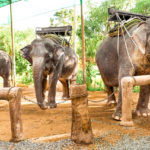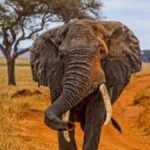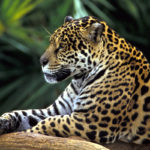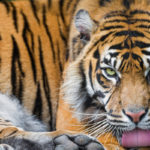Get Acquainted With Exotic Animal Species Of The Savannah Regions
The savannah regions of the world are home to over 20,000 species of flora and fauna and are characterized as hot and dry areas. However, there are instances when it can get extremely wet in these regions. They are located in the lower latitudes and are usually bordered by grasslands and forests in parts of Africa, Australia, India, Madagascar, South America and the South East of Asia.
Due to its dry nature, animals in the savannah usually live on the brink of starvation and have to be more and more cunning with each passing day in order to survive.
Here is a list of some of the most exotic animal species in the Savannah region.
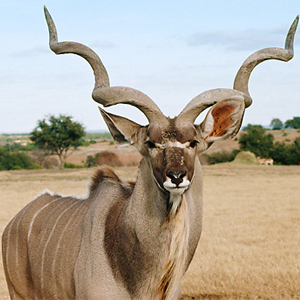
“They can weigh up to 315 kg and can measure 6-8 feet high.”
1. Greater Kudu
The greater kudu are some of the most magnificent creatures to roam the African Savannah. In some parts of the Savannah, they are considered as an endangered species. They can weigh up to 315 kg and can measure 6-8 feet high. From the first appearance, they might seem a bit clumsy; however, the opposite is quite true. They’re very swift, jump extraordinarily high, and can be a very tough catch for predators in the African Savannah. The males usually have spiral shaped horns which can grow to over 3 feet in some instances.
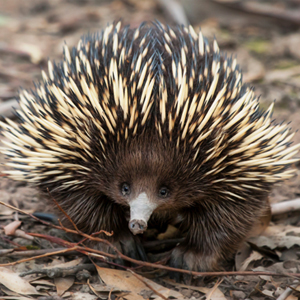
“It is one of the few mammals that lay eggs.”
2. The Short Beaked Echidna
The short beaked echidna is a monotreme located in the Australian Tropical Savannah. It is one of the few mammals that lay eggs, along with the well-known – if elusive – duck-billed platypus, and is the only one located in the southern part of Australia. It has a very distinctive snout and specialized tongue that helps it catch its predators. Its spines act as a protective mechanism whenever it senses the presence of predators within its vicinity. It does not like the hot weather and will swim if necessary.
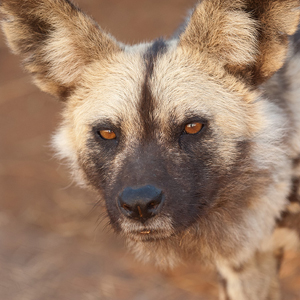
“They’re some of the most efficient hunters in the African Savannah.”
3. The African Wild Dog
Just as their name suggests, the African wild dog is located in the savannah regions of Africa. You can be forgiven for thinking that they are rabid dogs. However, you can easily tell the difference in appearance because of their large rounded ears. These allow them to hear calls from far distances and are also important for temperature regulation and heat loss. They’re some of the most efficient hunters in the African Savannah and can reach speeds of up to 35 mph whenever they are chasing prey. They are also pack animals, with each pack being led by an alpha male.
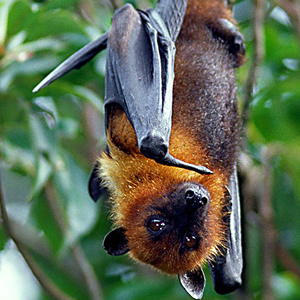 4. The Flying Fox
4. The Flying Fox
Don’t let the name mislead you. The flying fox is a bat. However, they are larger than normal bats and are usually located in the savannah regions of Australia and Africa. Flying foxes are the silent animals of the savannah. They live in colonies and fly out at night to forage for nectar and at times fruits. They play a huge role in maintaining the savannah eco-system given their primary role as a pollinating agent. In some parts of Australia, they are endangered and are close to becoming extinct due to human conflict issues.
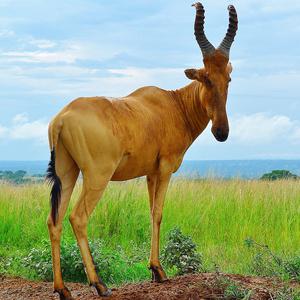 5. Lelwel Hartebeest
5. Lelwel Hartebeest
Just like the greater kudu, these hartebeests usually look bulky but are swift animals in reality – they can reach speeds of up to 43 mph! They too are an endangered species and have a long and narrow head. They usually live in herds, but their numbers are dependent on the amount of grass available in the savannah.
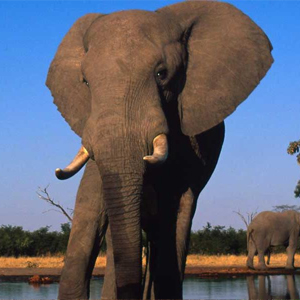
“They usually live in family units, and, being herbivorous, feast off shrubs, fruits, branches, and shoots.”
6. The Elephant
You can’t go through a list of the most exotic animals in the savannah without mentioning the elephant – the largest land mammal in the world Globally, there are an estimated 440,000 elephants left, according to the International Union for Conservation of Nature (IUCN), due to poaching, and habitat loss in some cases. These endangered animals – not to mention icons of the African savannah, with their distinctive silhouettes – are a real marvel to sight. They usually live in family units, and, being herbivorous, feast off shrubs, fruits, branches, and shoots. The slightly smaller Indian elephant can be distinguished from its African cousin by observing its smaller ear size and the fact that its back is more convex in shape.
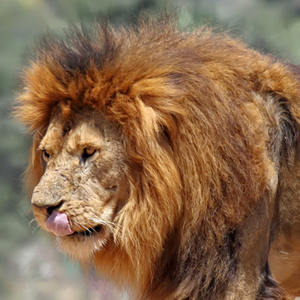
“The male lions always compete for superiority and territorial dominance, whereas the females always focus on survival.”
7. The Lion
Last, but by no means least, lions are referred to as the kings of the jungle in the African savannah and are social animals. The male lions always compete for superiority and territorial dominance, whereas the females always focus on survival.


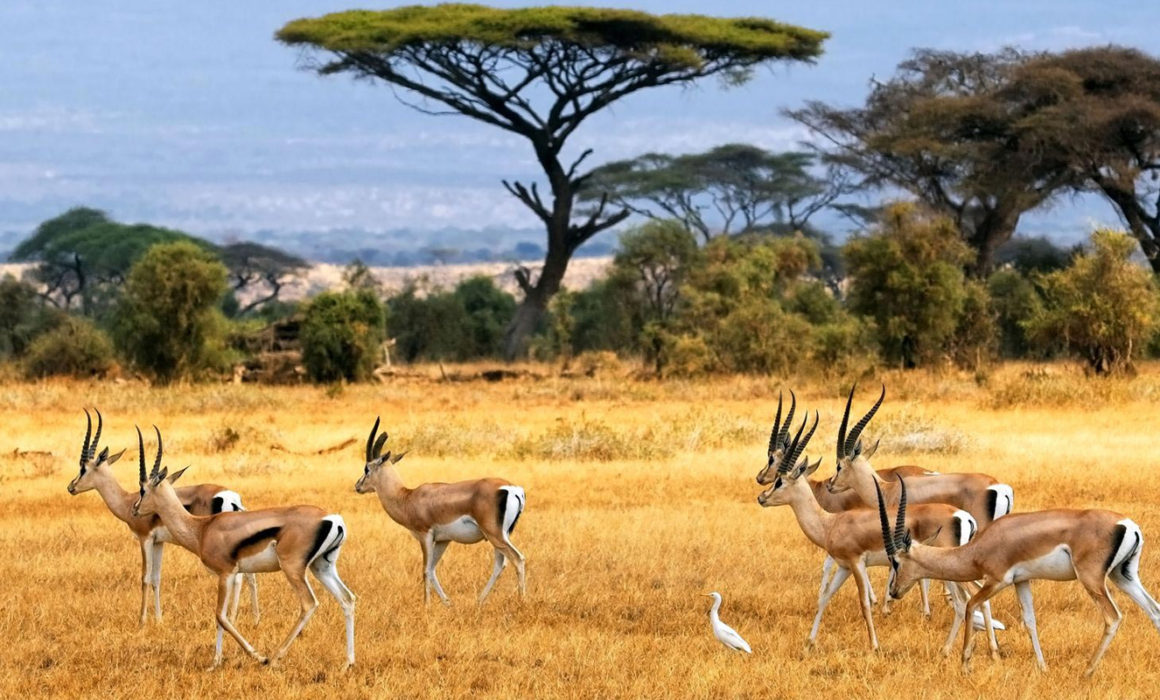
 UN-Habitats is made up of a team of nature and biological scientists from diverse backgrounds but with a centered interest on the conservation of wild life and natural resources. Our primary goal is to provide information about nature and wildlife from different regions of the world.
UN-Habitats is made up of a team of nature and biological scientists from diverse backgrounds but with a centered interest on the conservation of wild life and natural resources. Our primary goal is to provide information about nature and wildlife from different regions of the world.